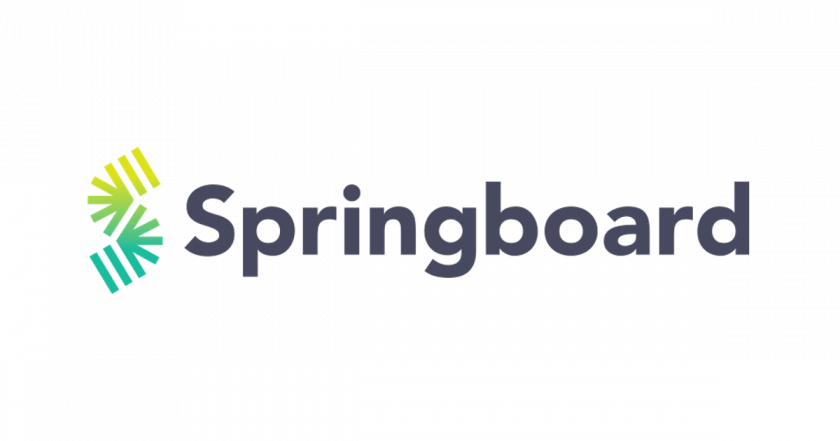
How to Pass Springboard’s Machine Learning Engineering Technical Skills Survey was originally published on Springboard.
Machine learning is the process of using programming languages together with analytical and data science knowledge to create programs that enable machines to take actions without being specifically directed by a human.
If you’re reading this, you are probably considering signing up for Springboard’s Machine Learning Engineering Career Track. To pass the technical skills survey, you’ll need to be familiar with basic machine learning principles and to have had some practice doing machine learning programming challenges.
To land a job as a machine learning engineer, you’ll be required to undertake a similar coding challenge and/or answer technical questions in your interview, so it pays to practice.
Here are three tips to keep in mind to help you pass the machine learning engineering technical skills survey.
Tip 1: Get familiar with the testing platform
Do this before you take the survey. HackerRank is standard, and it’s the one Springboard uses for vetting candidates. Get used to doing programming challenges with its console.
Try out HackerRank’s Statistics and Machine Learning Challenges to get a foretaste of what you’ll encounter in the Springboard MEC TSS, and practice working with correlation, regression lines, and probability. Try a few easy to medium-level programming challenges to get a sense of how they work. The more familiar you are with your test environment, the better your results will be, and the faster you will get to the actual code rather than being stuck within the environment itself.
Tip 2: Read up on key machine learning concepts
If you’re new to machine learning or need to brush up on key concepts, Machine Learning Mastery is a great place to start. The tutorials are focused on working with code rather than math-heavy academic concepts. Basic content starts with primers for total beginners who are intimidated by machine learning and dispels popular misconceptions, like needing to know statistics and probability theory or exhibit mastery of R programming as a prerequisite for studying machine learning.
You’ll find in-depth tutorials on how to use popular ML programming languages such as R, Python, and the Weka Workbench interface, as well as how to prepare your data and spot-check algorithms.
Tip 3: Practice coding in machine learning environments
Google’s free, online cloud-based Jupyter notebook environment Google Colab enables anyone to learn how to build deep learning models. Once you’ve developed your skills, you can work with large datasets, build complex models, and easily share your work.
Better yet, you can learn to work with popular deep learning libraries such as Keras, TensorFlow, and OpenCV. Python libraries such as Pandas, NumPy, and Scikit-learn are all pre-installed.
Participate in virtual hackathons with Machine Hack—learn how to deploy popular ML algorithms such as linear regression, multiple linear regression, support vector regression, extreme gradient boosting classification, K-Nearest-Neighbors, and more. The site offers 10 practice sessions for each of these common algorithms. Each practice session starts with a simple definition and example to help you understand the concept before you dive into the code. Better yet, the site features real-world business problems that need solving by ML, such as predicting insurance churn or sales forecasts.
Finally, OpenML is a collaborative machine learning experiment database accessible to anyone for free. The site houses over 2,000 active datasets, which you can use for practicing tasks like regression, classification, clustering survival analysis, and stream processing. You can even upload your own dataset in a field that interests you. The interface includes specific features such as find or add data to analyze, download, or create computational tasks and find/add data analysis workflows. You can also download other users’ results to see how they performed on the dataset and compare their data models with yours.
Springboard’s Machine Learning Engineer Career Track will help you build a solid foundation in data analysis, which is required for a machine learning engineer. Make sure to practice processing datasets using a JSON string and get comfortable with turning mathematical equations into functions, as these may appear in the technical skills survey.
The post How to Pass Springboard’s Machine Learning Engineering Technical Skills Survey appeared first on Springboard Blog.

